In my opinion, one of the most important things that you have to decide on when it comes to sewing your own pants is just how much fabric you need to purchase. From casual. trousers to a tailored suit, it’s important that you get fabric requirements right so as to avoid the mistake of running low on the actual amount of fabric that you require for your actual work without ordering excess fabric. In this article, we are to consider several parameters that are going to define how many yards of the desired fabric you are to acquire for sewing a pair of pants so that you can never run out of fabric but as the same time, you can never have too much of it.
Understanding Fabric Requirements for Pants

Depending on what kind of pants you have to make, the width of the fabric, the pattern, and your measurements there are several methods of fabric calculation needed when making pants. In general, most standard pants use fabric that typically ranges from two to three yards; however, it varies. Other features such as the type of pants, whether they are defined at the waist, or low waist, and whether they are a kid’s pants or an adult’s pants, will determine the quantity of fabric required.
1. Fabric Width
Width of fabric: In regard to how much fabric you would require, fabric width is a sensitive factor. The majority of fabrics are found in standard fabric widths that vary from 44 to 60 inches. It means that; more fabric is required but it will be easier to obtain bigger yards that can cover both the top and pant legs of the outfit. A wider fabric like 60-inch wide for instance means that you will accommodate the pattern pieces well and use less total yardage. In contrast, if one selects a fabric with less width (for instance a 44-inch fabric) then additional yards scrap fabric shall be used.
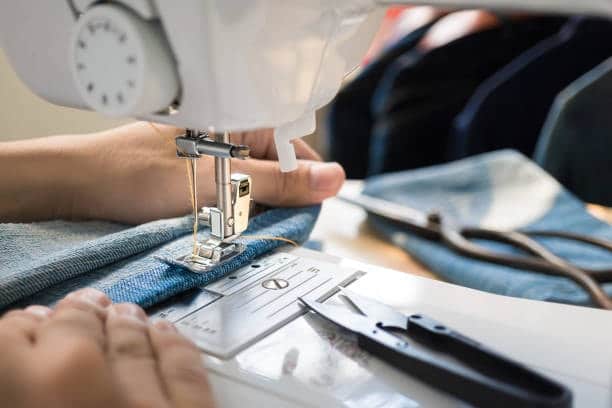
Depending on your fabric width, you may be able to cut the needed distance by ¼ to ½ yard less if your fabric is 60 inches wide instead of the narrower fabric width you’ve been using. Generally, when seeking fabrics for the standard pair of pants called trousers, you could require nearly 2 yards for a 60 inches wide fabric but for jeans with a somewhat tighter material, could require 2.5 to 3 yards.
2. The Type of Pants You Are Making
This model explains why where pants are designed to be tight, they will require much fabric compared to a design that has more loose space. Different pants styles come with their own clothes and varied fabric needs:

- Basic Trousers or Straight-Leg Pants: If the shirt lacks anything such as pleats and cuffs, then 2 yards of fabric will suffice for every adult. For the children it may even be as little as 1.5 yards at times depending on the size of the child.
- Wide-Leg Pants or Palazzo Pants: Palazzo or wide-leg pants, which are designed more liberally, require more fabric than close-fit pants because of the puffiness of the parts of pants. These may take up to 3yards for the adults size and about 2yards for the children size.
- Bootcut or Flared Pants: Despite being wider at the bottom of the legs, bootcut and flared pants normally need between 2.5 to 3 yards of fabric for adults’ wear, and about 2 yards for children’s wear.
- High-Waisted Pants: These pants require a little extra fabric in the waist area usually, about a quarter yard more than you would think.
- Cargo Pants or Pants with Pockets: In case you add extra pockets or any other details to your dress, traditionally, the pattern is developed in such a way so that it will require ½ yard more fabric for these details.
- Tailored Pants: For making tailored pants or suit trousers, there may be often an additional yardage needed from 1/3rd to 3 yards depending on the kind of tailoring required and further on the type of pleats.
3. Pattern Size and Fitting
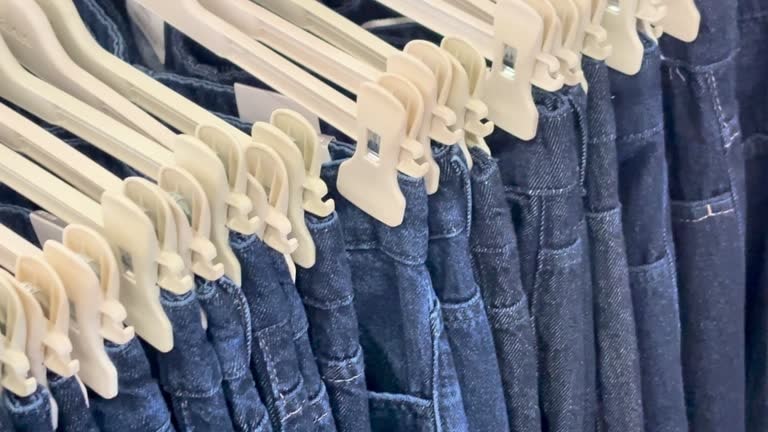
Another way size of the pattern is influential is through the matter of fabric needed to make a dress. More fabric is required for larger sizes because designs such a the waistband, legs long sleeves, and length are larger. Many patterns will stipulate the fabric requirements according to size, thus, always ensure that they match when you read through these instructions.
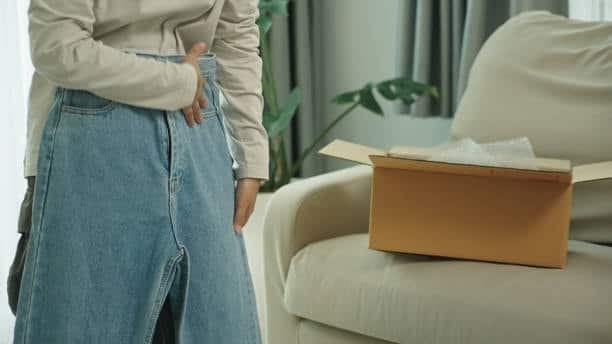
For instance, a pattern for a size small uses 2 yards of fabric to print and create it; a plus-size individual uses 3 yards of fabric or even more. Remember that the size you choose has to correspond to the pattern and the necessary amount of any fabric has to be calculated.
4. Body Measurements and Fit Preferences
More so if you are making the pants for yourself, your body measurements will determine how much of the fabric you will require. When making pants, it’s important to measure and consider the following measurements:

- Waist measurement: Your exact waist measurement will specify how wide the elastic in the waistband needs to be, and how much material will fit around your middle.
- Hip measurement: If you’re purchasing clothes that need to fit at the hip, or trousers that have to be comfortable for sitting, your hip size will determine the amount of fabric needed.
- Inseam and pant length: The amount of material needed for the leg part will be the length of pants from the crotch down to the bottom of the pants. Larger inseams will mean more fabric will be needed.
In the unusual case of opting a free style or loose style then you may need more fabric due to draping and fitting on the body. For instance, an enlarged palazzo pants or an oversized style will undoubtedly need some extra yardage to hem and cater the increased volume to ensure that the clothing item will have a flowing silhouet.
5. Fabric Type and Weight
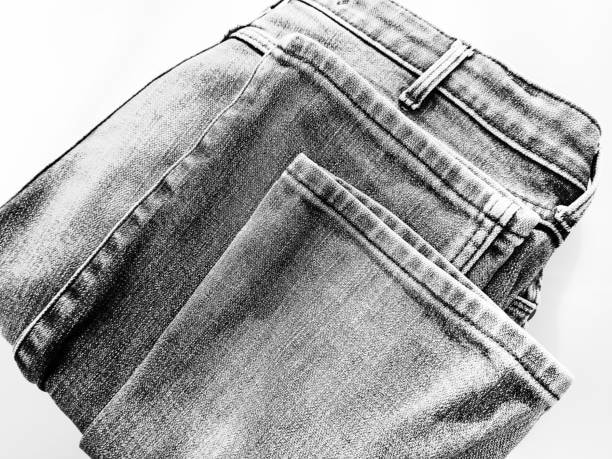
The kind and weight also affect the final yardage requirements of the fabric as well as thread count. If you are putting thicker materials like denim for a man or wool for a woman, then it will take slightly more yardage, particularly if the leg, or the width of the fabric in question is wider. While satin is a beautiful fabric to use, there are other fabrics that can be worked into and offer better draping and coverage that exactly: cotton or linen etc, are easier to work in and need less yardage. It’s particularly important where the fabric is very lightweight or has the same amount of stretch – it may require more than you anticipate to produce to obtain the required coverage and wearing life.
6. Additional Elements and Design Features
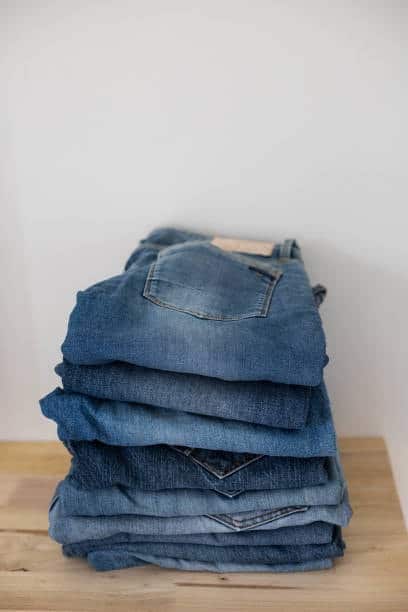
Additional yards vary depending on the special aspects like cuffs, pleats, and contrasting stripes of fabric must be included. Design details as pockets, belt loops, zippers and other features in turn affect the number of fabrics that would be required. That is why it is always a good practice to turn to the pattern instructions because they will give estimates taking into account these extra attributes.
General Fabric Yardage Guide for Pants
Here is an example of a general breakdown of fabric requirements based on different types of pants and fabric widths:
- Straight-leg pants (size small): 16 inch fabric or 12 inch fabric with 2 widths to work with: 44 inch width or 60 inch width.
- Straight-leg pants (size large): 2.Note a 5 yards piece of fabric of 44 inches wide or 2 yards piece of fabric 60 inches wide.
- Wide-leg pants: 3 yards in case of 44 inches wide fabric or 2.5 yards for fabric which is 60inches wide.
- Cargo pants with pockets: 3 yards for the 44-inch wide fabric or 2.5 yards for the 60-inch wide fabric
- High-waisted pants: 2.5 Yrds (44inch Wide Fabric) Or 2 Yrds (60inch Wide Fabric)
Tips for Efficient Fabric Use
- Pattern Layout: Take particular care to note how the arrangement of the pattern is structured. It is quite possible some patterns enabled you fit the pieces tighter to reduce the fabric used.
- Prewash Fabric: It is always advisable to pre wash your material to minimize on shrinkage. This way you are sure you have enough fabric in case it shrinks after washing it.
- Fabric Width Options: If you are working on a big project you may consider using wider fabrics so as to minimized the number of yards needed.
- Use Leftover Fabric: Keep fabric leftovers for production of more minor items such as pockets or wallets, or production of belts or bags.
Conclusion
As mentioned before, comprehension of fabric demands for pants is critical to a perfect sewing process. Hence, understanding width of the fabric, style of the pants, measurements of different patterns of the body and any extra constructions accompanied in the garment you will arrive at the amount of fabric required. This applies whether you are making common straight-leg pants or trendy wide-leg pants – such information helps you make certain that you would have enough fabric to complete your sewing project, without buying excess material or running low.
This complex figure is further affected by type and weight of the fabric as far as yardage is concerned. Adi is light fabrics may need less yardage but when it comes day fabrics such as denim or wool they may need more yardage because they occupy more space. Also to the total fabric required some few details and accessories such as pleats, pockets and cuffs among others may be included. Reading your pattern instructions and pre washing fabric before sewing is time saving and economical in the long run and helps in achieving a perfect fit.
If you plan it right and follow certain guidelines you can be sure of your pants making projects. Do not forget to take measurements correctly, think twice before choosing widths of seams and fabrics, and even think about the design if you want to avoid flaws. trouser making is really rewarding and with the right preparations it’s fun to make them and the end result would be well fitted garments.
